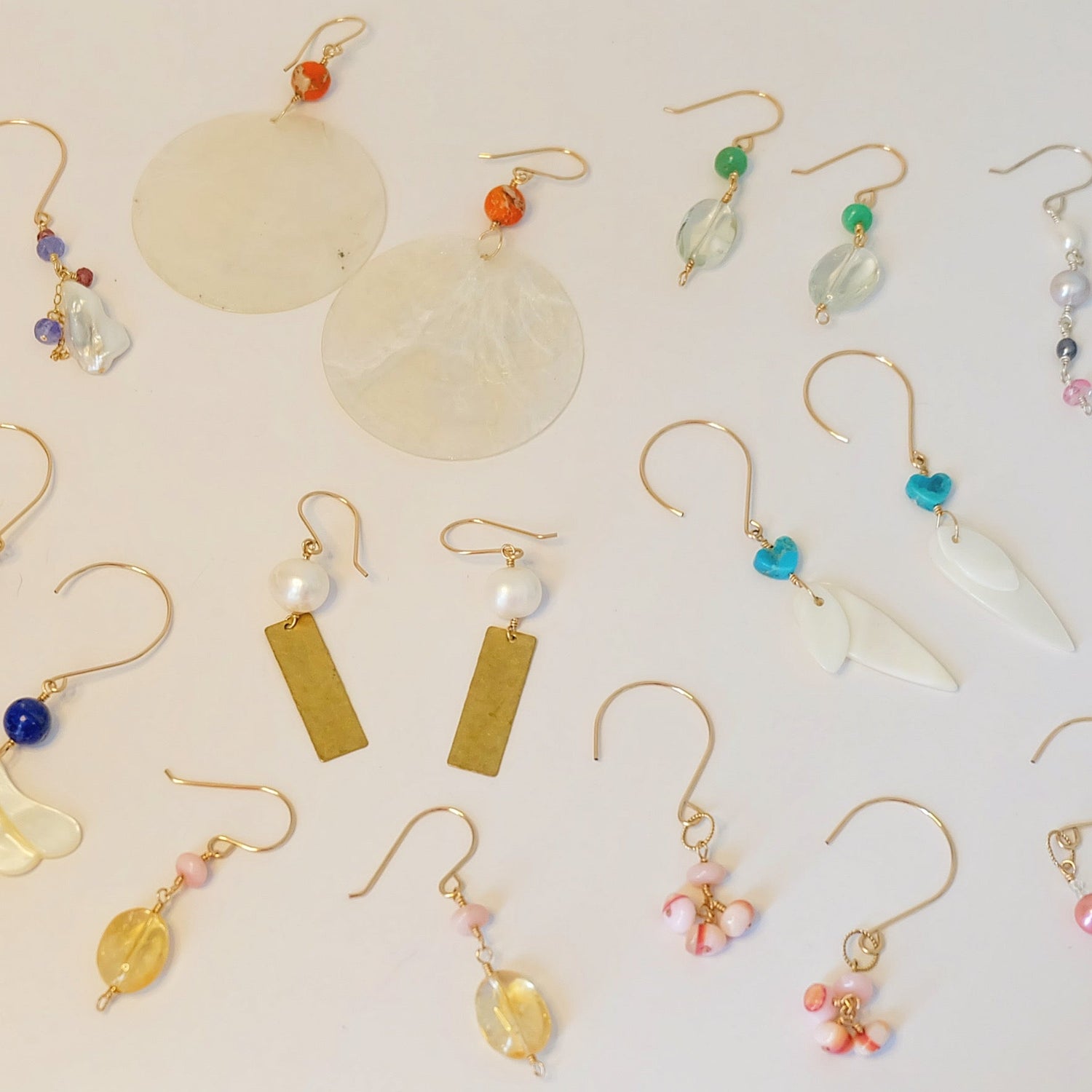The Beauty and Mystique of Opals
Jane MShare

 The Origin and Formation of Opals
The Origin and Formation of Opals
Dive into the enchanting world of opals, where colors dance and mysteries abound, revealing the allure of this mesmerizing gemstone.
Opals are formed from a solution of silicon dioxide and water. As water runs down through the earth, it picks up silica from sandstone, and carries this silica-rich solution into cracks and voids, which eventually forms opal. This process can take millions of years, and the resulting gemstone is a testament to the slow yet powerful forces of nature.
Australia is home to 95% of the world’s precious opal supply. The opal fields of Coober Pedy, Andamooka, and Lightning Ridge are well-known sources of these captivating gems. The harsh and arid conditions of these regions contribute significantly to the formation of opals, making them not just beautiful, but also a piece of Earth's history.
The Unique Play-of-Color Phenomenon
One of the most mesmerizing features of opals is their play-of-color. This phenomenon occurs when light interacts with the silica spheres within the opal, causing it to diffract and create a spectrum of colors. Each opal is unique in its color pattern, which can include flashes of red, orange, yellow, green, blue, and violet.
The play-of-color is what sets precious opals apart from common opals, which do not display this captivating effect. The intensity and range of colors can vary greatly, making some opals more valuable and sought-after than others.
Varieties and Types of Opals
There are several varieties of opals, each with its own distinct characteristics. Black opals, known for their dark body tone and vibrant play-of-color, are among the most valuable. White opals, with their milky appearance, and crystal opals, which are transparent or semi-transparent, are also highly prized.
Boulder opals, which have ironstone inclusions, and fire opals, known for their vivid orange to red hues, are other popular types. Each variety has its own unique beauty, making opals a versatile and alluring choice for jewelry.
Symbolism and Cultural Significance
Opals have been cherished throughout history for their beauty and mystical properties. In ancient Rome, they were considered a symbol of purity and hope. In Europe, opals were believed to bring good fortune, and they were often used in engagement rings.
In modern times, opals are celebrated as the birthstone for October and are associated with creativity and inspiration. They are also thought to have healing properties, particularly for the eyes and emotions, making them a gemstone with both aesthetic and symbolic significance.
Caring for Your Opal Jewelry
Opals are delicate gemstones that require special care. They have a relatively low hardness on the Mohs scale, making them susceptible to scratches and damage. It is important to store opal jewelry separately from other gemstones to prevent scratches.
To clean opal jewelry, use a soft cloth and mild soap solution. Avoid using harsh chemicals or ultrasonic cleaners, as these can damage the stone. Also, opals can be sensitive to sudden temperature changes, so it’s best to avoid exposing them to extreme heat or cold.
Explore our Opal Jewelry.
















